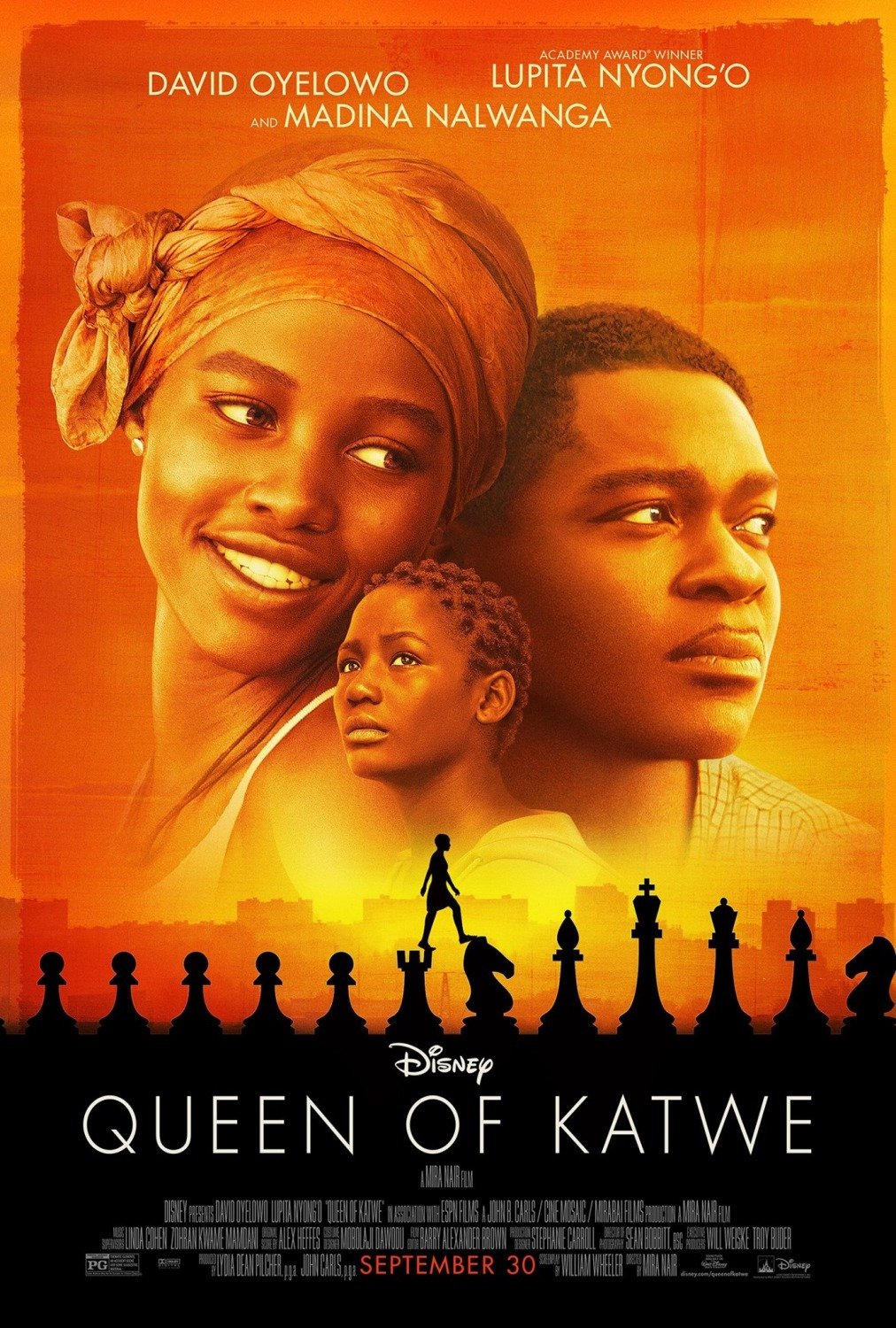The Tragic Case of Megan Khung: A Critical Review of Systemic Failures and Human Shortcomings
Movie of the Week

In February 2020, four-year-old Megan Khung died in Singapore after enduring more than a year of escalating physical and emotional abuse at the hands of her mother, Foo Li Ping, and her mother’s partner, Wong Shi Xiang. The case shocked Singapore and prompted a sweeping review of how multiple public agencies handled and failed in the protection of a vulnerable child.
A review panel appointed by the Ministry of Social and Family Development (MSF) published its findings in October 2025, identifying “multiple gaps” across processes, inter-agency coordination, reporting practices, and the culture of child protection work. This article examines what went wrong, why, and how lessons from Megan’s death must translate into real change.
A Timeline of Key Events
A clear understanding of the timeline helps to contextualise how red flags emerged and were missed.
- March 19, 2019: Teachers at Megan’s preschool (Healthy Start Child Development Centre, run by Beyond Social Services, BSS) notice bruises on her body.
- Same day: Community workers from BSS meet with Megan’s mother and grandmother and set up a temporary care plan, Megan would stay overnight with her grandmother.
- April 5, 2019: Incident report is submitted to the Early Childhood Development Agency (ECDA) – 17 days after the bruises were first noticed.
- Later 2019: Megan stops attending preschool; her grandmother expresses concern over her whereabouts.
- September 2019: BSS escalates concerns, contacting child protection specialist centre (Heart@Fei Yue) and MSF.
- January 17, 2020: Megan’s grandmother, accompanied by a BSS worker, files a missing person police report. The officer in charge assesses the case as low safety risk / child discipline.
- February 21, 2020: Tragically, Megan is fatally abused (punched in the stomach).
- April 3, 2025: Megan’s mother, Foo, is sentenced to 19 years in prison. Wong, her mother’s partner, receives 30 years and 17 strokes of the cane.
- October 23, 2025: The review panel’s report is released, publicly exposing systemic and procedural failures.
Major Findings from the Review Panel
The review panel’s report, backed by the MSF, laid bare several serious shortcomings in how agencies responded to warning signs. Here are some of the most critical findings:
Delayed, incomplete incident reporting
- The preschool’s incident report to ECDA lacked detail. Though teachers saw numerous injuries, the report filed described only “bruises … on her face, arms, thighs, feet, and back.”
- The delay (17 days) in reporting was partly because the preschool principal was overseas.
- The severity of Megan’s injuries, and other risk factors (e.g., suspected drug use by Foo and Wong) were not fully included in the incident report to ECDA.
Poor inter-agency communication and understanding
The panel found a “lack of clear understanding and communication among agencies” involved in Megan’s case.
- There was a misconception among some that only family members can report a missing child to the police, which is incorrect,
- When BSS made calls to the Child Protective Service (CPS) after Megan was withdrawn from preschool, one of the calls was not logged. The panel said this deprived supervisors of a chance for oversight and further inquiry.
- The panel recommended creating an appeals mechanism for cases where agencies disagree on risk levels, to ensure consistent triaging and decision-making.
Insufficient escalation
- After BSS escalated to the child protection specialist centre (Heart@Fei Yue), the centre did not take up the case fully. The panel observed that Heart@Fei Y. should have treated BSS’s outreach as a formal referral rather than triage only.
- Limited information was cited (e.g., lacking address) and uncertainty around “imminent danger” when declining to act more strongly. The panel judged that more proactive engagement was warranted given the risk.
Failures in police response
- The investigation officer (IO) for the missing person report assessed the case as “low safety concern.” According to the panel, this evaluation underestimated the danger Megan faced.
- The IO did not escalate to the supervisor, which would have enabled a review and possibly a more aggressive investigation.
- The officer was later redeployed (for COVID-19 duties), and the panel concluded that the lack of follow-through contributed to the tragedy.
- Disciplinary actions followed: the IO resigned, and her supervisor received a financial penalty.
Resource and cultural issues
- The panel warned that its proposed changes (e.g., shifting all abuse cases to child protection case management agencies) could strain capacity, and urged the Ministry to adequately resource those agencies.
- It also recommended fostering a culture of support for child protection workers, including emotional care, structured supervision, and sector-wide learning from critical incidents.
- The panel strongly suggested that lessons from Megan’s case and similar critical incidents be shared across the sector; review findings should not remain siloed.
Responses from Agencies & Social Service Sector
- MSF (Ministry of Social and Family Development): The ministry accepted the recommendations. Among its responses: setting up a Triage Assessment Panel to decide which agency handles each case, increasing public awareness that anyone can report a missing child, and strengthening procedures for preschools.
- BSS / Healthy Start Preschool: Beyond Social Services expressed deep regret. They acknowledged that their incident reporting was insufficiently granular and promised to improve record-keeping, client follow-up, and escalation.
- Police: Following the report, two officers were disciplined. Senior voices in government have also emphasized improving risk-assessment tools and training for officers handling child-vulnerable cases.
- Social Work Practitioners: Many social workers welcomed the review for clarifying that the failures were not solely with frontline community workers. But they also cautioned against simply layering more procedures — many argued for better support, training, and reduced workload instead of bureaucratic overload.
Why This Case Matters: Lessons for Child Protection
Systems without detailed, courageous action can fail
- Policies, workflows, and escalation protocols are only as strong as the people who use them. In Megan’s case, the lack of specificity in documentation (missing injury detail, downplaying suspected drug use) translated into weaker interventions.
- Even when red flags emerged (unexplained bruising, withdrawal from school), hesitation to call a police report delayed potentially life-saving responses.
Inter-agency coordination is fragile
- The assumption that certain agencies should “just detect and report” needs recalibration: when serious risk is present, case management agencies must take over, but that handover must be clear, timely, and backed by joint ownership.
- Triage is a complex art. Differing assessments between agencies are inevitable, but there must be a mechanism to reconcile divergent views so that child safety is not compromised.
Worker capacity and wellbeing matter
- Child protection cases are emotionally demanding and high-risk. Without supervision, peer review, and psychological support, frontline officers can become overwhelmed and may default to “safe but insufficient” judgments.
- Understaffing or misresourcing can lead to critical gaps, as seen when officers were redeployed, or communications were not logged due to workload or system failures.
Transparency and learning are essential
- Independent review of critical incidents, followed by cross-sector learning, is vital. The panel’s call for regular reviews and shared lessons must be heeded to prevent recurrence.
- Public education is also key: clarifying who can make a report (police, anyone) and normalizing early, precautionary action will empower more stakeholders.
Recommendations Moving Forward
Based on the panel’s findings, and informed by broader child protection best practices, here are key recommendations for Singapore and indeed any system seeking to strengthen child safeguarding:
- Strengthen documentation protocols: Use structured incident-reporting templates that force detail: injury mapping, context, caregiver explanations, and follow-up plans.
- Audit communications rigorously: All calls to protection agencies should be logged, transcribed, reviewed by supervisors, and tied back to case decisions.
- Establish and resource a triage appeals panel: Where agencies disagree on risk, bring in cross-sector review with clear decision-making authority.
- Invest in people, not just process: Provide training, supervision, reflective practice, and mental health supports for child protection workers.
- Build technological capacity: Use data systems to “connect the dots” across preschools, social services, community touchpoints, and police.
- Promote public awareness: Clarify that anyone (not just family) can make missing-person or abuse reports; remove myths and reduce barriers to reporting.
- Institutionalize learning from tragedy: Hold independent critical-incident reviews for all child deaths involving services; share lessons widely and transparently.
Conclusion
The death of Megan Khung is a heartbreaking reminder that systems alone are never enough. While Singapore’s child protection architecture had many of the right parts; preschools, reporting lines, agencies, it was the breakdown in detail, communication, judgment, and escalation that allowed tragedy to unfold.
True reform will come not simply from writing more policies, but from embedding a culture that combines structured process with human courage, empathy, and professional curiosity. Agencies must do more than detect: they must connect, escalate, and protect. And as a society, we must demand that every child’s potential be safeguarded, because failure in such cases is not just a procedural lapse, but a moral tragedy.
Watch the Full Story: “Review panel highlights gaps in how agencies handled Megan Khung abuse case” as reported by Channel News Asia on YouTube.





